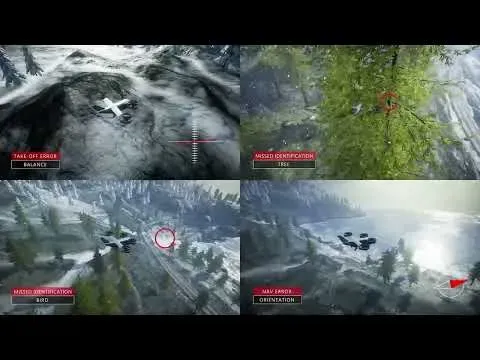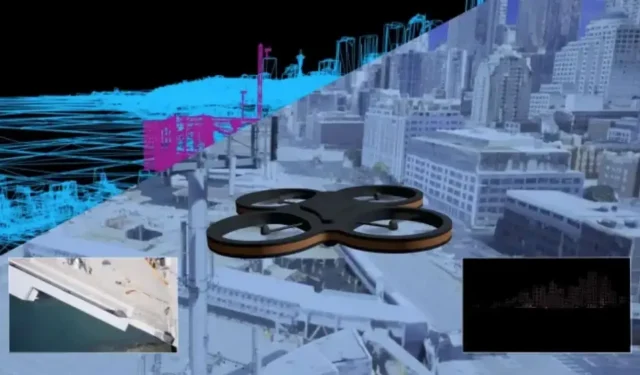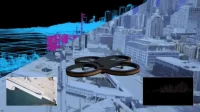With its AirSim project, Microsoft wants to help manufacturers of autonomous aircraft. Drones and other flying taxis can be of great benefit.
If drones and other autonomous flying taxis become the norm, they will need artificial intelligence (AI) capable of handling a wide variety of conditions, and Microsoft believes it can help train these AIs. Redmond introduced its AirSim project to help manufacturers create, train and test their control algorithms for autonomous vehicles.
With its AirSim project, Microsoft wants to help manufacturers of autonomous aircraft.
This Azure-based technology allows virtual vehicles to fly millions of times with highly detailed simulations in just seconds, evaluating their ability to handle various obstacles and weather conditions. This way, a drone manufacturer can easily find out if their device can avoid birds or if it uses too much battery to deal with strong winds.
Developers can use trained AI “building blocks”to start with, they don’t need big technical implications. Users can create 3D environments with Bing Maps, but will also have access to a library of pre-modeled cities (such as New York and London) as well as more general locations.
Drones and other flying taxis could be of great benefit
The AirSim project is currently available in “limited”access, it is used, in particular, by Airtonomy and Bell. Microsoft intends to improve its simulations by adding more laws of physics, meteorology, and copies of digital sensors, including the ability to integrate custom physics models through a partnership with MathWorks. The team is also “actively engaged”with governments and other standards groups and sees the day AirSim can help certify autonomous ships by conducting rigorous digital testing.
This initiative, however, won’t solve some of the biggest problems in autonomous aviation, including real vehicle design and real-world testing, but Microsoft is well aware that the technology is flexible. It can help shape just about everything delivery drones need for electric vertical-land-and-take-off taxis that navigate dense cities. If all goes well, manufacturers will spend more time and money deploying devices and less time building core functionality.



